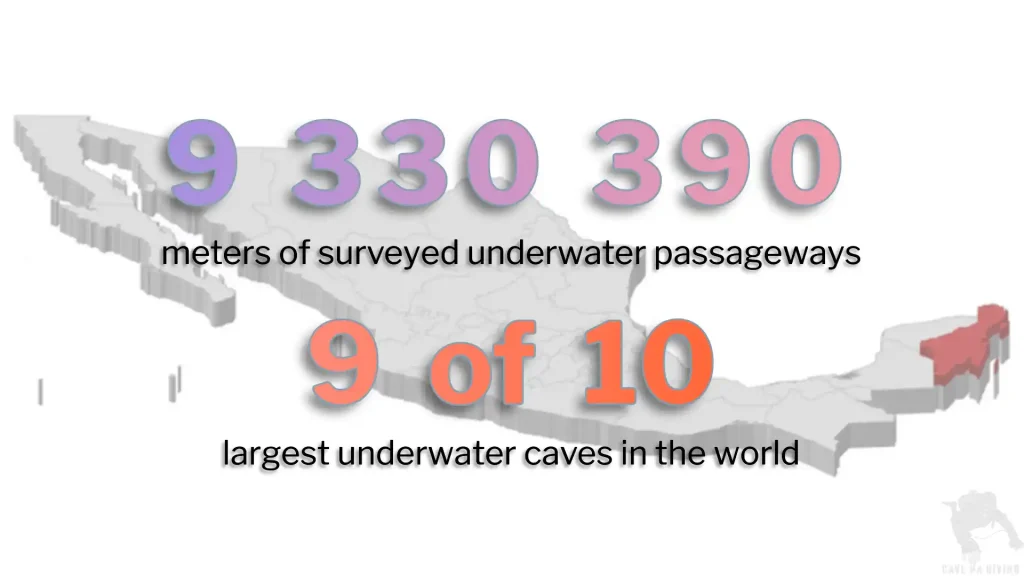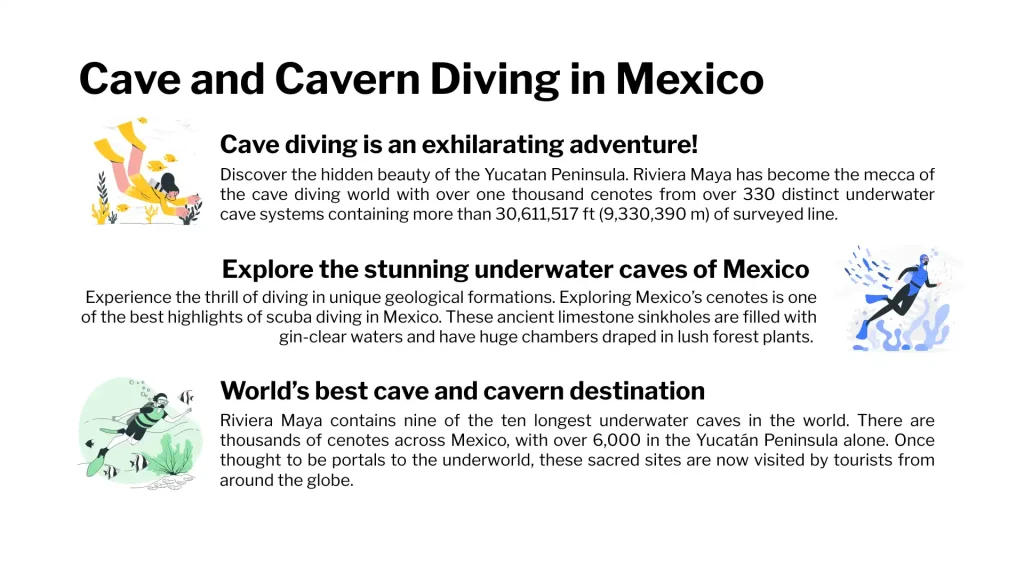History
In 1989 DAN diving workshop advised no-flight times as following: 12 hours after a single no-stop dive, 24 hours after multi-day repetitive dive, and 48 hours after dives that required decompression stops.
Later this was considered overly conservative. Subsequently, DAN proposed a simpler 24-hour no-flight time after any recreational diving.
There were objections to this 24-hour wait on the grounds that the decompression sickness (DCS) risks of flying after diving (FAD) were also too low to warrant such a long delay after simple dives and would result in lost business for island diving resorts.
DAN flying after diving trials
DAN’s 1992-1999 research at Duke University examined flying after recreational diving. Key findings:
- For single dives to 60 feet (18 meters), wait 11 hours before flying to avoid DCS.
- For repetitive dives, wait at least 17 hours to prevent DCS.
The U.S. Navy updated its no-flight times procedures based on these findings in 1999, and no DCS cases were reported.
Flying with DCS symptoms
Flying with symptoms is a more significant concern than symptoms occurring during or after flight. This is an education, not a science, issue. Divers must learn to seek medical advice if they experience potential decompression illness symptoms rather than flying.
Diving nitrox and pre-breathing oxygen reduces risk of DCS in flying after diving
Diving with nitrox is a straightforward way to reduce DCS risk when flying after a dive. Nitrox lowers tissue nitrogen levels, decreasing the likelihood of DCS symptoms during post-dive flights and further reducing no-flight times required.
Trials by SOCOM confirmed oxygen pre-breathing benefits after air diving. They tested dry divers breathing air at 60 fsw for 60 minutes, followed by flights at 25,000 feet (7500 meters). DCS was observed without previous diving. However, with a 24-hour surface interval and preflight oxygen use, no DCS occurred in 23 trials.
Key findings:
- DCS risk is low for dry divers flying after diving, and
- Preflight oxygen can reduce DCS risk effectively.
The consensus process
Science is primarily a quantitative endeavor, whereas ensuring safety involves a social process that takes into account factors like the likelihood, severity, and associated costs of injuries. Ultimately, informed societal representatives make safety decisions based on the available information to protect the well-being of the broader community.
After broad discussions, it was evident that new, uncomplicated recreational diving guidelines were required due to the inadequacy of existing ones. These guidelines would apply to three groups of divers:
- Uncertified individuals in introductory experiences;
- Recreational certified divers on multiple no-decompression dives;
- Technical divers performing decompression dives or using helium mixes.
Consensus recommendations for flying after diving
The recommendations for no-flight times surface intervals are as follows:
- At least 12 hours after a single no-decompression dive or multiply shallow dives (less than 10 meters deep);
- A minimum of 18 hours between multi-day repetitive dives;
- Significantly longer intervals, exceeding 18 hours, following dives requiring mandatory decompression, or the use of heliox and trimix.

Limitations
The importance of considering longer guidelines for divers who are immersed and actively exercising was emphasized. It was acknowledged that the effects of exercise and immersion on preflight surface intervals required further experimental investigation. Subsequent studies have been conducted, and their results will be continue published.
And what, is scuba diving utterly safe in the end?
No, nevertheless, diving is considered a potentially hazardous activity and if you do not already have insurance covering the risks of diving, we recommend that you take out appropriate insurance for the duration of participation in diving courses, diving in caves, caverns, ocean and other diving activities.
 Cave Ha Diving Mexico is a DAN Europe partner. At your request, we can provide you with appropriate insurance for the duration of the courses and trips, as well as for the year.
Cave Ha Diving Mexico is a DAN Europe partner. At your request, we can provide you with appropriate insurance for the duration of the courses and trips, as well as for the year.
You can learn the complete list of options at the following link.
Sources
- Guidelines for Flying After Diving. Vann RD. Executive Summary. In: Flying After Diving Workshop. Vann RD, ed. 2004. Durham: Divers Alert Network. ISBN 0-9673066-4-7. 16-19.


















